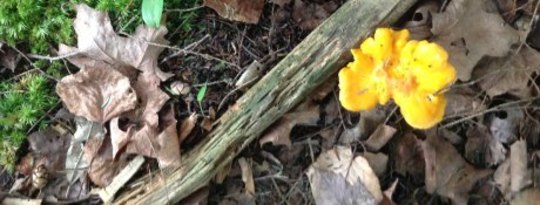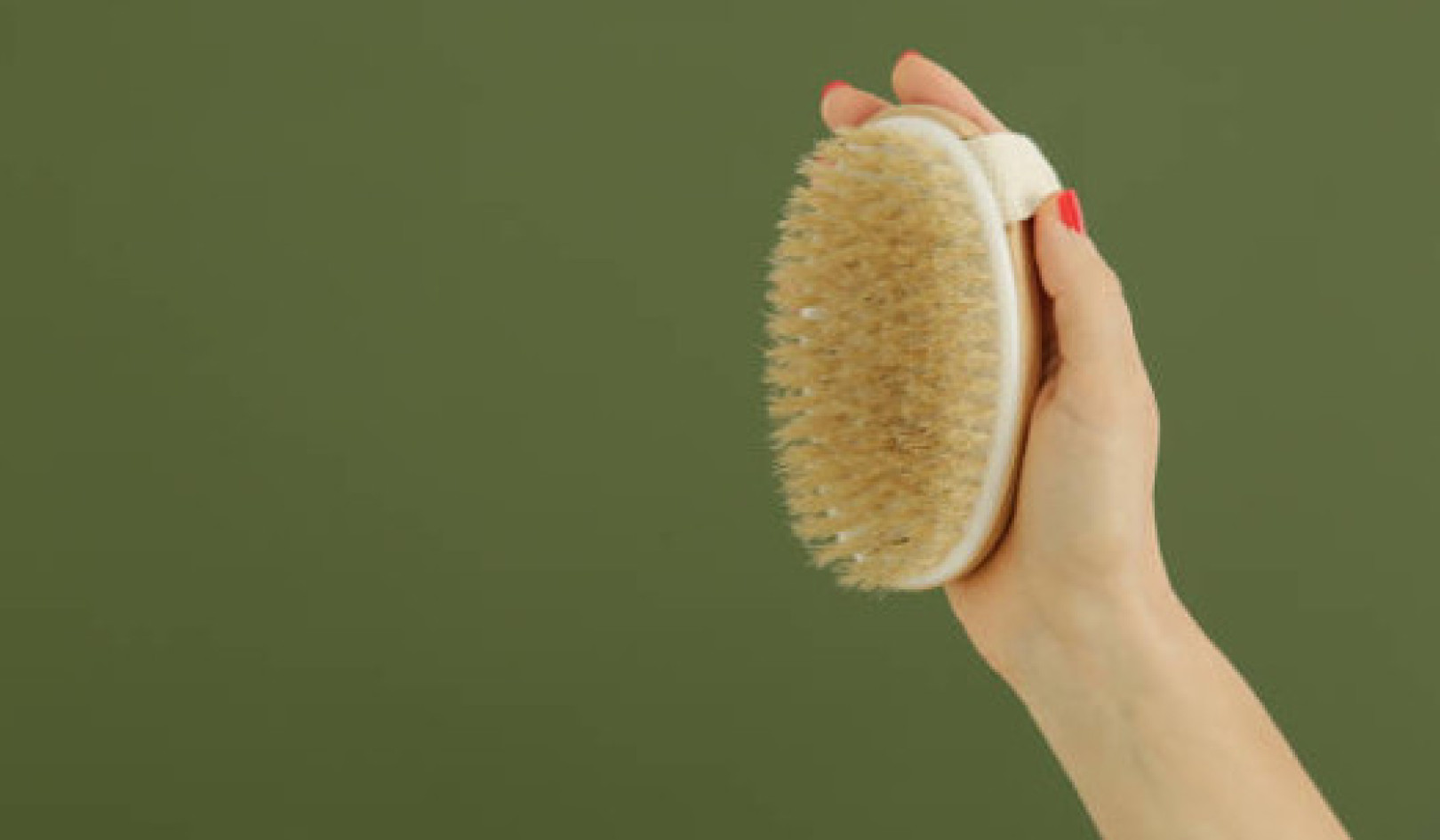
Where we live is not better or worse for foraging than other parts of the world. When foraging, as with gardening, it is important to know what is available where one lives.
The best way to forage is to simply get outside, slow down and walk around, listening and looking. This is really the only way to get to know an area, but when driving anywhere, we will pay attention to the plants growing along the road. We have found a lot of edibles with our high-speed foraging, and when we see a particularly desirable something, we will stop and pick it.
One day in the fall, we were sorely in need of a cold tonic, that is, white pine tea. White pine grows all through the woods behind our house, but there was no time, even for a short walk. Instead, we kept an eye out while traveling down the road on our way back from dropping the girls at their dance classes. We spied two small trees at the roadside, pulled over and harvested enough for a pot of tea.
When driving from one place to another — to the library or to the girls’ dance lessons — we pay attention to what is growing at the roadside, and sometimes, like with apples or white pine, our practice pays off in a big way.
Get The Latest By Email
What Foragers Need to Pay Close Attention To
As foragers, we discovered that we needed to pay close attention to what grows where. This knowledge is particularly important to us, because we know and are comfortable with such a finite number of plants. Knowing where to find them, and in what environment, is pretty crucial, if we hope to eat them.
As with gardening, there are plants that enjoy each other’s company, happily growing side by side, helping the other grow healthy and strong. By making note of plants that coexist, it is possible to reasonably predict which plants will grow in a specific location based on those that are currently there.
This type of thinking is regularly used by mushroom hunters. When it comes to finding a particular mushroom, they commonly describe locations to search based on specific trees or terrains. For instance, during a mushroom walk this summer, we were advised to look under pine trees, in the typical litter on the forest floor, to find chanterelles. Similarly, we were advised to search birch trees for chaga.
New Discoveries and Old Ones
 Several years ago, we were very fortunate to have a teacher from a local primitive skills school work with a group of home-schoolers at our house. We thought we knew a lot about what grew where in our neighborhood and that we would be able to help our teacher find the plants he wanted to teach us to use. We had, after all, lived in this neighborhood for a decade, and we believed we knew our way around pretty well. We found that we did not know as much as we thought.
Several years ago, we were very fortunate to have a teacher from a local primitive skills school work with a group of home-schoolers at our house. We thought we knew a lot about what grew where in our neighborhood and that we would be able to help our teacher find the plants he wanted to teach us to use. We had, after all, lived in this neighborhood for a decade, and we believed we knew our way around pretty well. We found that we did not know as much as we thought.
On one hike across an area that had been formerly wooded, but had been razed for future development, he showed us our amazing patch of nettles. We had no idea it was there. We made a mental note: nettles like disturbed areas. On another, he wanted to show us how to harvest and use cattails. We thought we knew where we could find some, and we did, but the stand was in a drainage ditch, and the roots were not really fit for consumption. Cattails grow in marshy areas, which are sometimes polluted by residential run-off. It was a good lesson for us.
On a different day, walking in an area that was not quite as familiar, we pointed to a bush, and said, “Look! Hazelnut!” He asked how we could be sure it was hazelnut and not witch hazel (Hamamelis), and at that moment, not being familiar with witch hazel, we had never considered it was anything but hazelnut. The identification as hazelnut was correct, and back at the house, we showed our teacher why we knew it was hazelnut, when we introduced him to the volunteer hazelnut that had been growing for a few years underneath our oil tank.
Noticing Patterns and Distinctions
In expanding our own foraging areas, we began to notice patterns. Hazelnuts like to grow in dappled shade as woody underbrush but will produce more nuts if they have a few hours of sun, but they do not thrive in full sun. Cattails seem to grow well with their roots wholly submerged in fresh water but also thrive on the periphery of the salt marsh, where their roots will be inundated only part of the day. Nettles will take root in a very sunny location in poor and/or disturbed soil. Blueberries like acidic soil, we are told, and they do seem to proliferate in pine forests, such as are common in our area.
Sometimes we made assumptions about what grows in an area, only to discover that the area was not exactly what we had expected. Dandelion, for instance, grows really well in fields, but not in fields of tall grass. It is a low-growing herb that likes to hug the ground and spread out. In our heavily mulched garden bed where it is not competing with any neighboring plants, the leaves grow a foot long and three to four inches wide.
In the field that is mowed regularly, but where they compete with the grass for sun and nutrients, the plants are smaller. In the early spring, we might drive by a field and see hundreds of bright yellow dandelion flowers waving at us, but as the grass grows taller through the season, turning brown in the heat of the mid-summer days, the dandelions would be buried in the thigh-high stalks.
We also learned that just because an area looks, at first glance, the same as another area, even one just a few miles away, does not mean the same sorts of plants grow there, because very subtle nuances can make the plants that thrive in the area very different.
©2013 Wendy Brown & Eric Brown. All Rights Reserved.
Reprinted with permission of the publisher,
New Society Publishers. http://newsociety.com
Article Source
 Browsing Nature's Aisles: A Year of Foraging for Wild Food in the Suburbs
Browsing Nature's Aisles: A Year of Foraging for Wild Food in the Suburbs
by Wendy and Eric Brown.
Click here for more info and/or to order this book on Amazon.
About the Authors
 Eric and Wendy Brown are suburban homesteaders growing roots (both literally and figuratively) in Southern Maine. They have been studying wild edibles for many years. Until 2005 their family was living the American Dream, complete with credit card debt, car payments and two mortgages. Concerns about the environment, Peak Oil, and the economy combined with a growing desire to live a more self-sufficient life caused them to reevaluate and redesign their lives. The result has been a transition from a completely dependent, consumerist lifestyle to one of living debt-free in a comfortable, more energy efficient home in a desirable location with a bountiful garden.
Eric and Wendy Brown are suburban homesteaders growing roots (both literally and figuratively) in Southern Maine. They have been studying wild edibles for many years. Until 2005 their family was living the American Dream, complete with credit card debt, car payments and two mortgages. Concerns about the environment, Peak Oil, and the economy combined with a growing desire to live a more self-sufficient life caused them to reevaluate and redesign their lives. The result has been a transition from a completely dependent, consumerist lifestyle to one of living debt-free in a comfortable, more energy efficient home in a desirable location with a bountiful garden.









